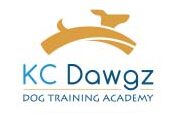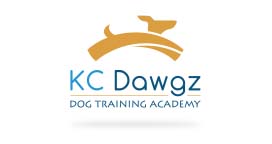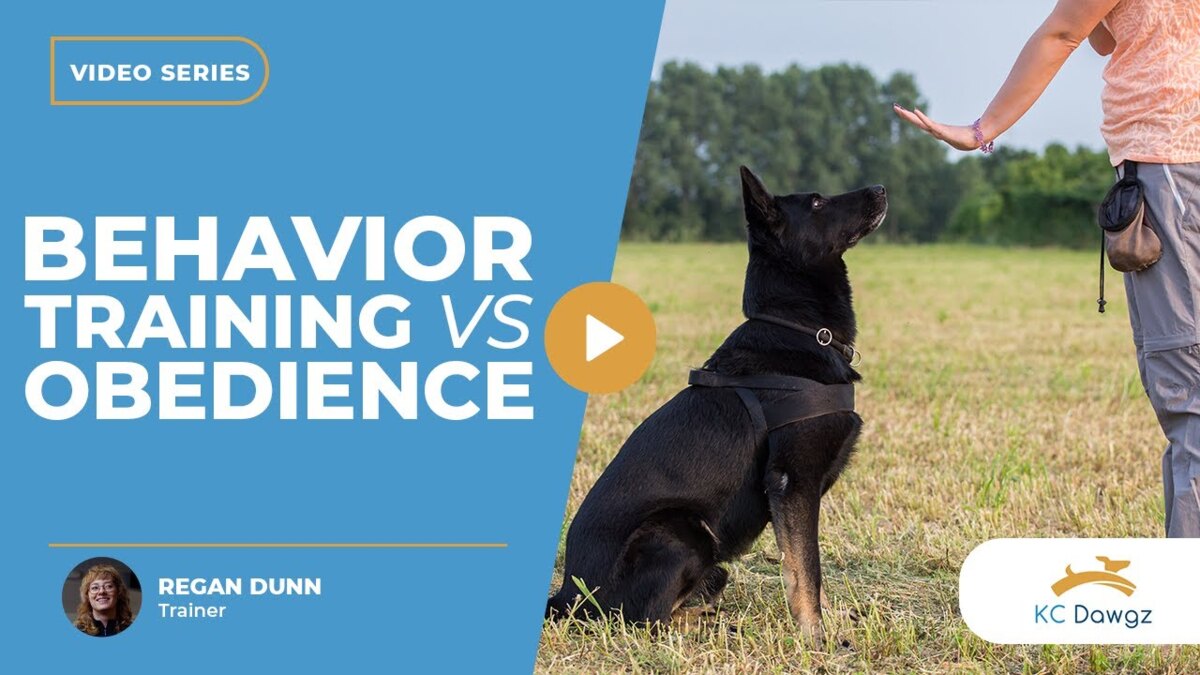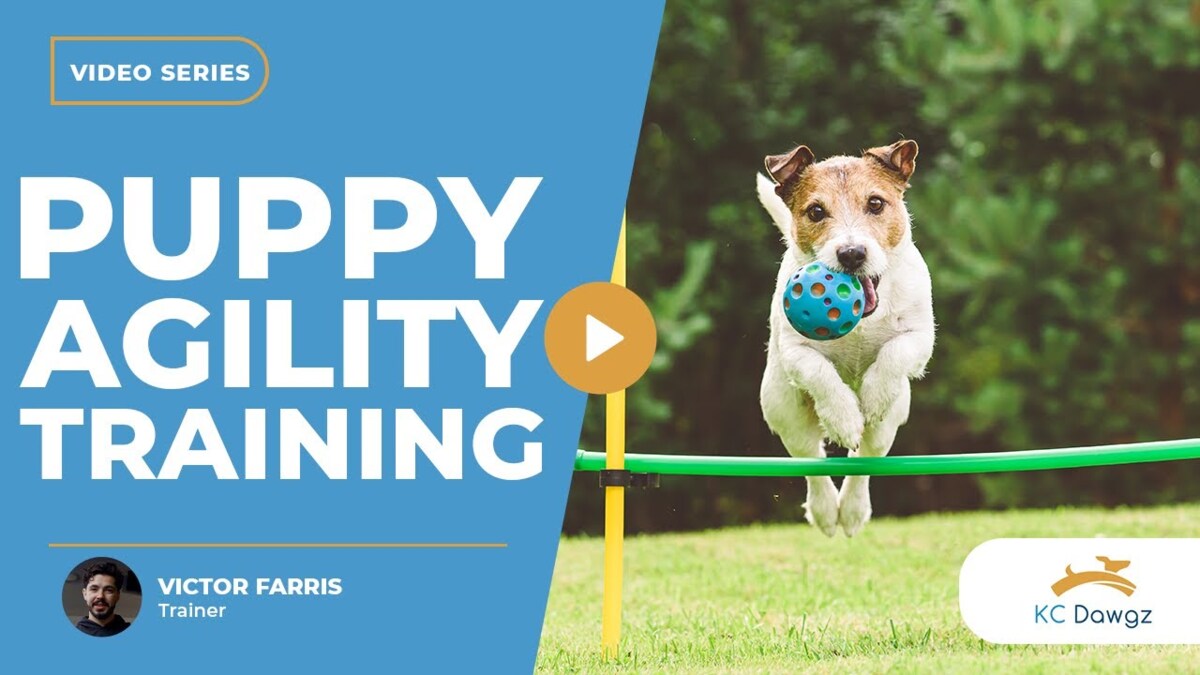Training your dog to wait is an essential part of establishing control and trust. At KC Dawgz, we employ the “wait” command to teach dogs to stop and check in. This command is vital for various situations, such as waiting for food, waiting at the door, or waiting before crossing the street. It’s not just about manners; it’s about safety and ensuring your dog looks to you for guidance. Let’s explore how to train your dog to wait for food and why it’s an indispensable part of good dog behavior.
How to Train Your Dog to Wait for Food
The “wait” command is crucial for several reasons. It teaches your dog to stop and check in with you before proceeding with any action. This can be particularly useful in scenarios such as:
- Waiting before eating their food.
- Waiting at the door before going outside.
- Waiting before crossing the street.
- Waiting to avoid picking up dangerous items like a chicken bone from the ground.
Training your dog to wait for food is just one aspect of this versatile command. It’s about instilling a moment of pause in your dog’s behavior to ensure they are safe and attentive to your cues.
‘Wait’ as an Informal Command
One unique aspect of the “wait” command is its informality. Unlike more rigid commands like “sit” or “stay,” “wait” allows your dog some flexibility. Your dog can choose to sit, lay down, or even return to the heel position. The primary goal is for the dog to stop and check in with you, regardless of their position. This flexibility makes the command less stressful for the dog and easier to incorporate into various situations.
The Habitual ‘Wait’ Command
When consistently trained, the “wait” command can become almost habitual for your dog. Some dogs get so good at waiting that they will pause and look to their owners for the next instruction without being prompted. This habit is beneficial, but it’s also important to remember to release your dog from the “wait” command. Always give a release word like “okay” or “go” to signal that the wait is over.
Teaching the ‘Wait’ Command: Step-by-Step
Training your dog to wait for food involves several steps. Here’s a simple guide to get you started:
- Start with the Food Bowl: Hold the food bowl and ask your dog to sit. Once they are seated, slowly lower the bowl towards the floor.
- Introduce the ‘Wait’ Command: As you lower the bowl, say “wait” in a calm and firm voice.
- Pause and Observe: If your dog tries to move towards the bowl, lift it back up and repeat the command. Only lower the bowl fully when they remain seated and wait.
- Release the Dog: Once the bowl is on the floor and your dog is still waiting, give a release word like “okay” to allow them to start eating.
Repeat these steps consistently, and soon your dog will understand that “wait” means to pause and check in with you before proceeding.
The ‘Wait’ Command in Different Situations
The “wait” command is not just for mealtime. It’s a versatile tool that can be used in various scenarios:
- Walks: Use “wait” when you need your dog to pause during a walk, for instance, before crossing a street.
- Doorways: Teach your dog to wait at doorways to prevent them from bolting out of the house.
- Recalls: Incorporate “wait” before calling your dog back to you to ensure they stop and check in first.
Using “wait” in these different contexts helps reinforce the command and makes it a reliable tool for managing your dog’s behavior.
The Flexibility of the ‘Wait’ Command
One of the best aspects of the “wait” command is its flexibility. Unlike the “sit” command, which often requires the dog to stay in a specific position, “wait” simply means to pause and pay attention. This lack of rigidity makes it easier for dogs to comply, reducing the likelihood of frustration or confusion.
In Summary
Training your dog to wait for food is an essential part of ensuring good behavior and safety. The “wait” command teaches your dog to pause and check in with you, making it a versatile tool for various situations beyond mealtime. By consistently using and reinforcing this command, you can train your dog to wait and help them develop a reliable habit of waiting for your cues.
If you need more personalized training tips or assistance, contact us at KC Dawgz. We’re here to help you and your furry friend achieve the best possible results in your training journey.




